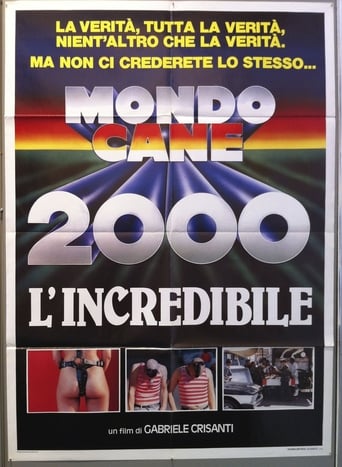
11 Aug 1988

Mondo Cane 2000 -The Incredible
The final official installment in the "Mondo Cane" series dares to go where no other Mondo film has gone before.
YOU ARE FALLING DOWN
An unnamed passer-by is forced to trace a circular route inside an abandoned tram station, facing loss and time. The broken walls act as a channel, transmitting fragmentary, blurred and analogical memories.
Him

11 Aug 1988

The final official installment in the "Mondo Cane" series dares to go where no other Mondo film has gone before.
01 Oct 1993
In this revealing documentary, Ken McMullen creates an elegant portrait of artist and filmmaker Derek Jarman, based on an interview conducted by John Cartwright. The questions are unobtrusive, allowing Jarman to reflect on his major films. Despite the debilitating effects of serious illness, we see an artist with his inner vision unimpaired; still humorous, self effacing and disarmingly charming.
01 Jan 1986
No overview found

01 Jan 1956

A portrait of artist, actress, poet and occultist Marjorie Cameron, it shows images of her paintings and recitations of her poems. Preserved by the Academy Film Archive in 2006.
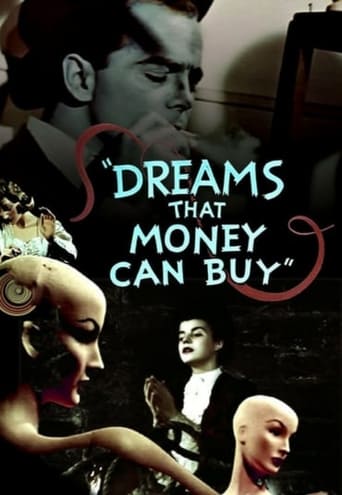
01 Sep 1947

An attempt to bring the work of surrealist artists to a wider public. The plot is that of an average Joe who can conjure up dreams that will improve his customer's lives. This frame story serves as a link between several avant-garde sequences created by leading visual artists of their day, most of whom were emigres to the US during WWII.

09 Jun 2007

Loosely based on the classic story of Sleeping Beauty, this irreverent gay fairy tale for modern audiences follows a man named Moses, whose frequent seizures are characterized by the appearance of Glintentica, a spurned Goddess planning her return to earth. Problems arise when Glintentica becomes determined to take over the soul of David, Moses' new love interest.
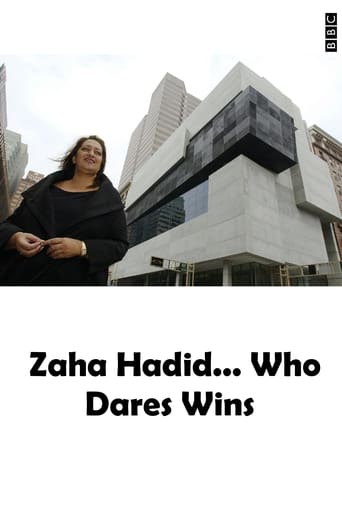
30 Jul 2013

Alan Yentob profiles the most successful female architect there has ever been, the late Zaha Hadid, who designed buildings around the globe from Austria to Azerbaijan.

09 Mar 2025

After four years away, Huiju returns home to South Korea. Exchanges with her loved ones are awkward and clumsy. Huiju turns once again to her familiar rituals: pruning the trees, preparing a sauce, tying a braid.
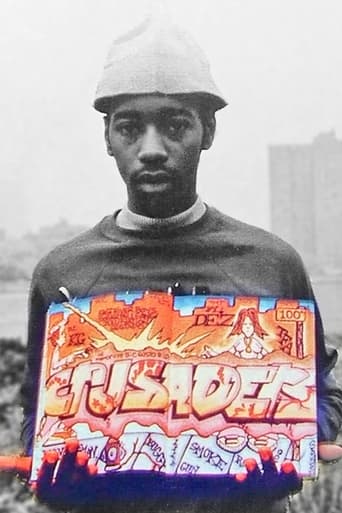
25 Sep 1983

An incredible historic document showcasing the roots of Old School Hip Hop movement with all its disciplines involved: Djing, Mcing, Breakdancing, and Graffiti. Featured in the "NYC: Urban Image" show at MoMA PS1 1983.
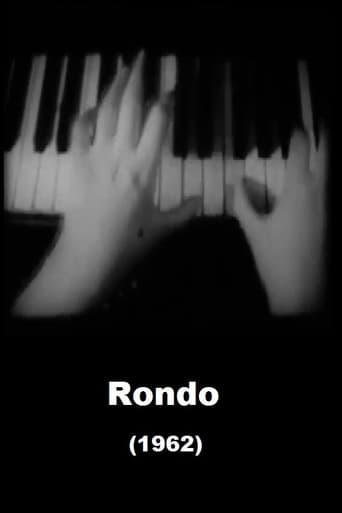
01 Jan 1962

Short experimental 16mm film.

07 Mar 2025

Alicia and Leo travel to Italy, to their late mother's childhood village, guided only by a small box filled with her memories.

01 Jan 2001

No overview found
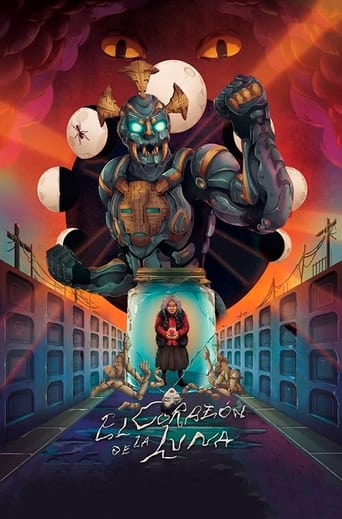
26 Oct 2021

'M' is an old woman who lives adrift: a lonely shadow that crosses her own geography every day. She spends her days dreaming about her past, until one day she finds something very similar to her - an ant. M decides to share her world haunted by nostalgic memories and a dark presence, until the day a "mechanical angel" arrives to help her...

28 Oct 2017

Kohata Anime Studio is a place full of dreams where animation is made. Baja was raised in this studio by the people who create animation. Floating in a pond outside are his friends the ducks. One night, when all the people are no longer at the studio, Baja takes a peek outside and finds that his duck friends are being attacked by a cat. Will Baja be able to save his friends? A wondrous night adventure begins.
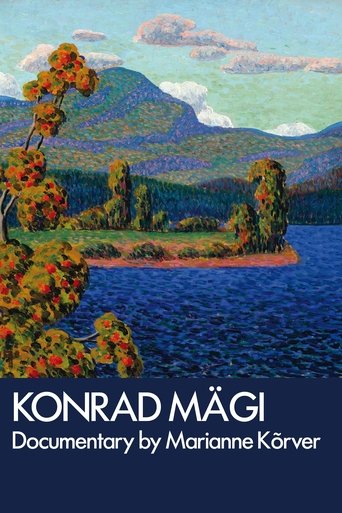
30 Nov 2019

A documentary made for Konrad Mägi exhibition "The Light of the North" in Torino, Musei Reali (2019-2020), about Mägi's life and his legacy.
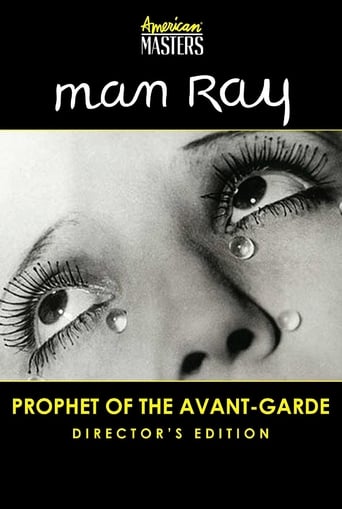
09 Apr 1997

Man Ray, the master of experimental and fashion photography was also a painter, a filmmaker, a poet, an essayist, a philosopher, and a leader of American modernism. Known for documenting the cultural elite living in France, Man Ray spent much of his time fighting the formal constraints of the visual arts. Ray’s life and art were always provocative, engaging, and challenging.
01 Jan 1994
No overview found

27 Sep 2017

As a young father, watching his daughter go through her life experiences, film director Alexandre Mourot discovered the Montessori approach and decided to set his camera up in a children's house (3 to 6 years of age) in the oldest Montessori school in France. Alexandre was warmly welcomed in a surprisingly calm and peaceful environment, filled with flowers, fruits and Montessori materials. He met happy children, who were free to move about, working alone or in small groups. The teacher remained very discreet. Some children were reading, others were making bread, doing division, laughing or sleeping. The children guided the film director throughout the whole school year, helping him to understand the magic of their autonomy and self-esteem - the seeds of a new society of peace and freedom, which Maria Montessori dedicated her life work to.
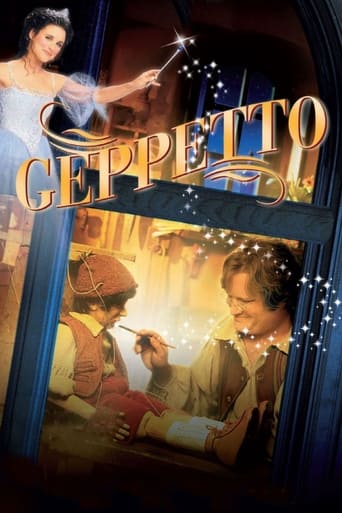
07 May 2000

Toymaker Geppetto is desperate for a son, so he is overjoyed when a wooden puppet boy, Pinocchio, is magically brought to life. However, the relationship between father and son soon sours, and Pinocchio runs away to join a travelling puppet show. This forces Geppetto to realise how much he loves Pinocchio, and he sets out on an eventful journey to find him.
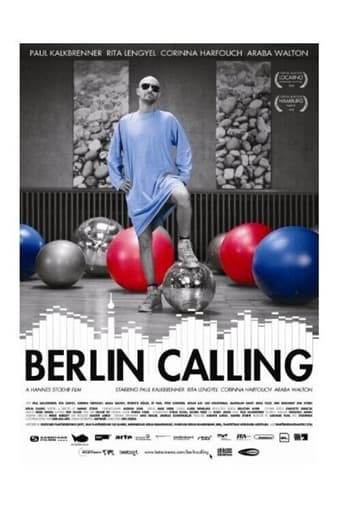
01 Oct 2008

A man tours clubs around the globe with his manager and girlfriend. On the eve of their largest album release he is admitted to a psychiatric clinic after overdosing at a gig.